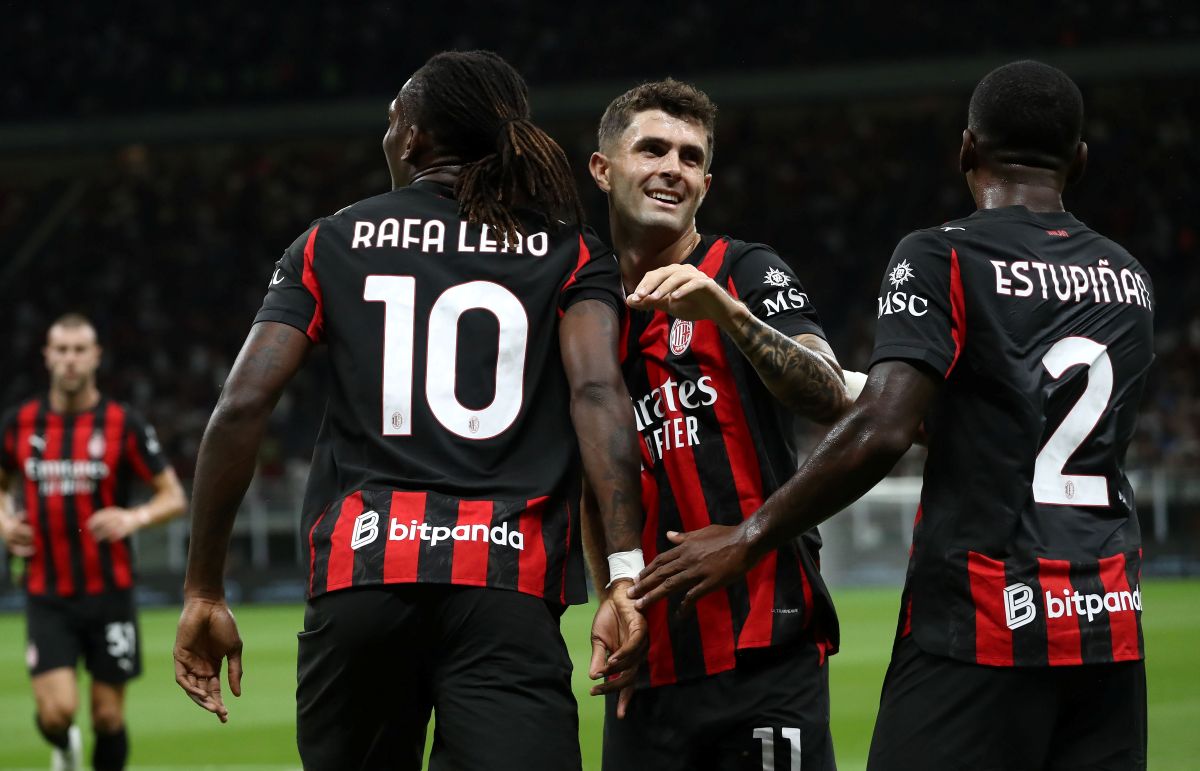
MILAN, ITALY – MAY 24: General view inside the stadium prior to the Serie A match between AC Milan and Monza at Stadio Giuseppe Meazza on May 24, 2025 in Milan, Italy. (Photo by Marco Luzzani/Getty Images)
For decades, Serie A was the beacon of world football. The planet’s brightest stars converged on Italian stadiums, and the league’s matches were unmissable events for fans across the globe. While that era of undisputed dominance has passed, Italian football is now experiencing a quiet but significant renaissance—not necessarily in terms of European trophies, but in its influence and international reach. Audience metrics, particularly in English-speaking markets like the United States and the United Kingdom, reveal a steady growth that extends far beyond traditional television broadcasts.
This new wave of interest is not accidental but the result of a convergence of factors that have made Serie A more accessible, competitive, and engaging than ever before.
A More Competitive and Spectacular Product

The primary driver of this growth is the product itself. The image of a tactically stifling Serie A dominated by “catenaccio” is now a faded memory. The modern Italian league is characterised by proactive football, innovative coaches, and a competitive balance that makes it highly unpredictable. Unlike other major European leagues, where the winner can often be predicted from the start, the fight for the Scudetto, as well as for European spots and survival, frequently involves numerous teams until the final stages of the season.
This uncertainty generates compelling narratives that capture the attention of neutral viewers. Matches are often filled with goals and dramatic turns, debunking old stereotypes and offering a spectacle that can compete on equal terms with any other top-tier tournament. The strong performances of Italian teams in UEFA competitions have further reinforced the perception of a healthy league capable of producing world-class football.
Digital Accessibility and the Modern Fan
If the quality of play is the “what,” the digital revolution is the “how.” The increase in Serie A’s international reach is inextricably linked to the ease with which fans can now follow the matches. Strategic broadcasting agreements, such as those with Paramount+ in the US and TNT Sports in the UK, have made every single league game available to a vast and eager audience.
But the modern fan’s experience doesn’t end with the final whistle. Serie A clubs have invested significantly in their digital communication, managing English-language social media channels that offer exclusive content, highlights, and direct interaction. Platforms like X (formerly Twitter), Instagram, and YouTube have become virtual arenas where international fan communities meet, discuss, and share their passion. This digital ecosystem creates a constant connection to the league, transforming passive viewing into active, daily engagement.
A Cultural Bridge: Familiar Faces and New Ownership

Another crucial factor, especially for the Anglophone market, is the growing presence of players and ownership from the United States and the United Kingdom. The arrival of high-profile footballers like Christian Pulisic, Fikayo Tomori, and Ruben Loftus-Cheek has created a direct cultural bridge for American and English fans, who now have local heroes to follow in a new context. Their performances are not just a matter of sporting interest but also a vehicle for promoting the entire league’s culture.
Similarly, the presence of American ownership in top-flight clubs such as Milan, Roma, Atalanta, and Genoa has increased Serie A’s visibility in US media. These investors bring a mindset geared toward global marketing and strong brand building, helping to position the league as an appealing entertainment product on an international scale.
A 360-Degree Engagement
The combination of these elements has transformed how the global audience interacts with Italian football. It is no longer just about watching a match once a week. Engagement is now multifaceted and layered, ranging from following news and analysis on specialised portals to participating in fantasy leagues and, for some, taking a deeper interest in all aspects surrounding the league.
This deeper involvement has also led to a growing curiosity about Italy’s regulated sports betting landscape. For many international enthusiasts approaching a new market, finding a credible resource like an English guide to Italian bookmakers becomes a practical step to understanding the regulatory framework and the operators trusted by local fans. It is a further sign of how the modern fan seeks a complete and informed experience.
In conclusion, Serie A is building a new global identity founded on compelling football, unprecedented accessibility, and strategic cultural connections. Its growth is not a fleeting phenomenon but a reflection of a structural shift in how the sport is consumed and experienced. The Italian league has successfully evolved, and the world is taking notice once again.





